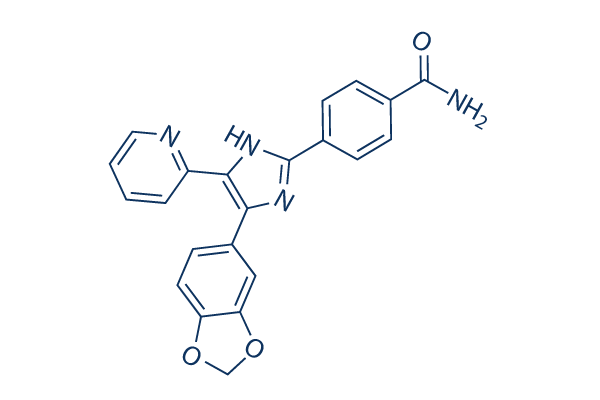Techniques Ethics statement Institutional ethics approval was obtained from Queens University as well as the Ottawa Hospital Research Institutes Study Ethics Boards. Informed written con sent was obtained in all individuals just before sample assortment. Patient tissue samples and classification A cohort of 28 locally advanced fresh frozen high grade SEOC tumours were obtained from the Ontario Tumour Bank as well as OHRI. Tumour samples have been col lected with the time of major debulking surgical treatment, and stored at 80 C right up until processing. Sufferers were naive to chemotherapy and radiotherapy prior to cytoreductive surgical treatment and common carboplatin/paclitaxel chemother apy. Histological classification within the tumours was per formed working with the WHO criteria, and illness staging according to your Worldwide Federation of Gynecology and Obstetrics guidelines.
Histopathological examination of the tumour sections performed by a pathologist confirmed far more than 70% tumour in all samples. As per the Gynecologic Cancer Intergroup selleck Guidelines, patients have been classified into two arms working with either Ca 125 or RECIST criteria, and had been assigned to both the sensitive or even the partially resistant/resistant groups based on their PFS. Two distinct arms have been picked for research based on their clear separation according to their respective PFS. Twelve samples have been classified as partially resistant/resistant, as they exhibited progressive illness inside of eight months from completion of chemotherapy. In contrast, sixteen samples demon strated high sensitivity to platinum, as there was no relapse inside 18 months immediately after completion of chemother apy.
A schematic representation with the total review style is presented in Figure one. Gene E7080 expression profiling Complete RNA was isolated from all tumour samples applying a combination of Trizol and Qiagen RNA isolation kit, as per suppliers directions. The RNA integrity was analyzed applying RNA 6000 Nano Chip on an Agilent 2100 Bioanalyzer. The RNA concentration was determined spectrophotometrically on the NanoDrop ND a hundred spectrophotometer. All samples showed ideal RNA integrity amount, and were hence subjected to down stream microarray evaluation. All of the hybridization experi ments had been performed using Affymetrix Human Genome U133 Plus 2. 0 arrays with the Centre for Applied Genomics. 500 nanograms of complete RNA was employed for cDNA synthesis making use of GeneChip 3 IVT Express Kit.
Post hybridization array washing, scanning and probe quantification was carried out on an AffymetrixGeneChip Scanner 3000, as per manufacturer guidelines. The gene expression raw information files happen to be deposited to NCBI Gene Expression Omnibus analysis Gene expression alterations as calculated utilizing the comparative Ct approach had been obtained  from qRT PCR scientific studies for technical validation. For this experiment, qRT PCR was performed in all 28 samples in triplicate.
from qRT PCR scientific studies for technical validation. For this experiment, qRT PCR was performed in all 28 samples in triplicate.
Microrna Library
MiRNAs are abundant in many mammalian cell types and as extracellular circulating miRNAs.
